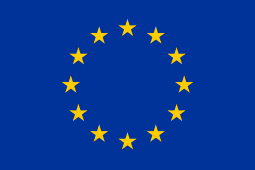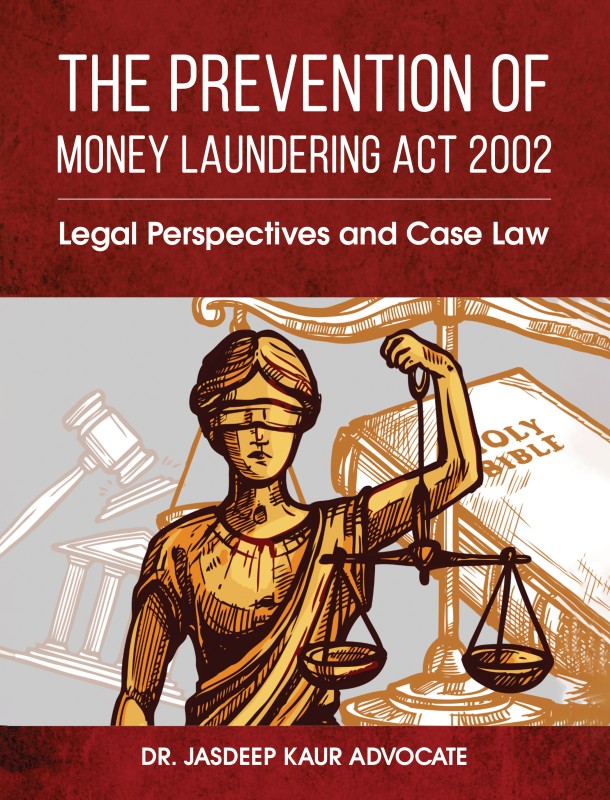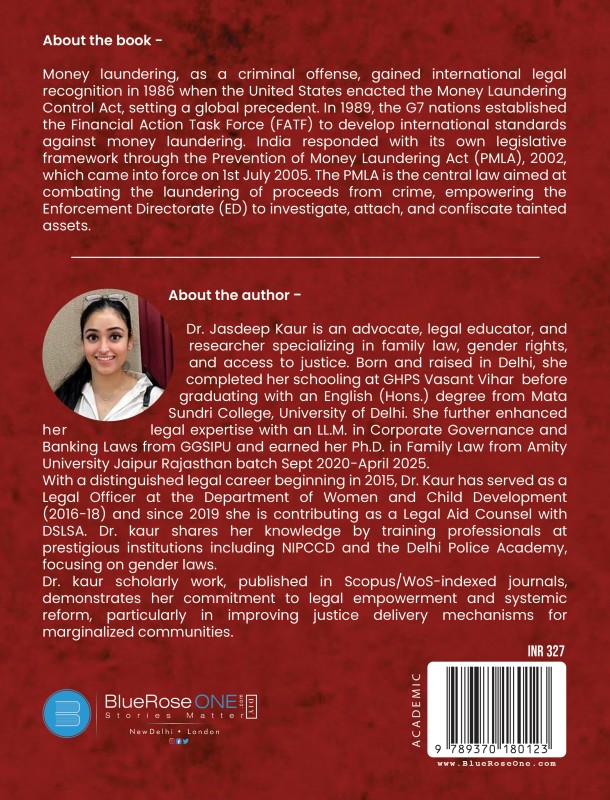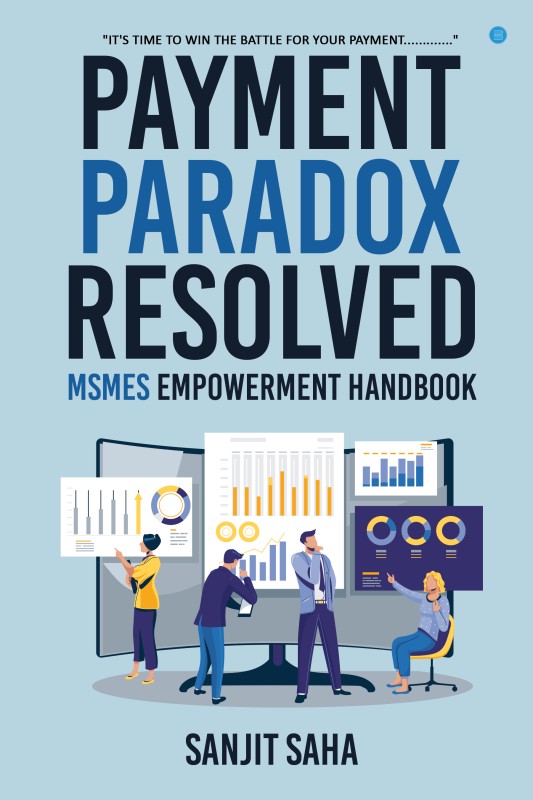The Prevention of Money Laundering Act 2002 : Legal Perspectives and Case Law
by Dr. jasdeep kaur Advocate | 07-May-2025
(0)
"Money laundering, as a criminal offense, gained international legal recognition in 1986 when the United States enacted the Money Laundering Control Act, setting a global precedent. In 1989, the G7 nations established the Financial Action Task For...
Original
Books
Fastest
Delivery
7-day
Replacement
Book Details
- Language : English
- Pages : 178
- ISBN : 9789370180123
- Genre: ACADEMIC
- Size : 7.5" x 9.25"
- Binding Type : PAPERBACK
- Age Group: + Years
- Paper Type : WHITE PAPER
- Interior : BLACK & WHITE
- Cover : GLOSS FINISH
- Book Type : PAPERBACK
- Tags : bluerose publishers,The Prevention of Money Laundering Act 2002,Legal Perspectives and Case Law,Dr. jasdeep kaur Advocate.
-
Best Sellers Rank :
#1636 in Academics
#10149 in Global
Reviews
There are no reviews for this product yet.

 USD
($)
USD
($) AUD
($)
AUD
($) CAD
($)
CAD
($) EUR
(€)
EUR
(€) HKD
($)
HKD
($) MYR
(RM)
MYR
(RM) GBP
(£)
GBP
(£) SGD
($)
SGD
($)








